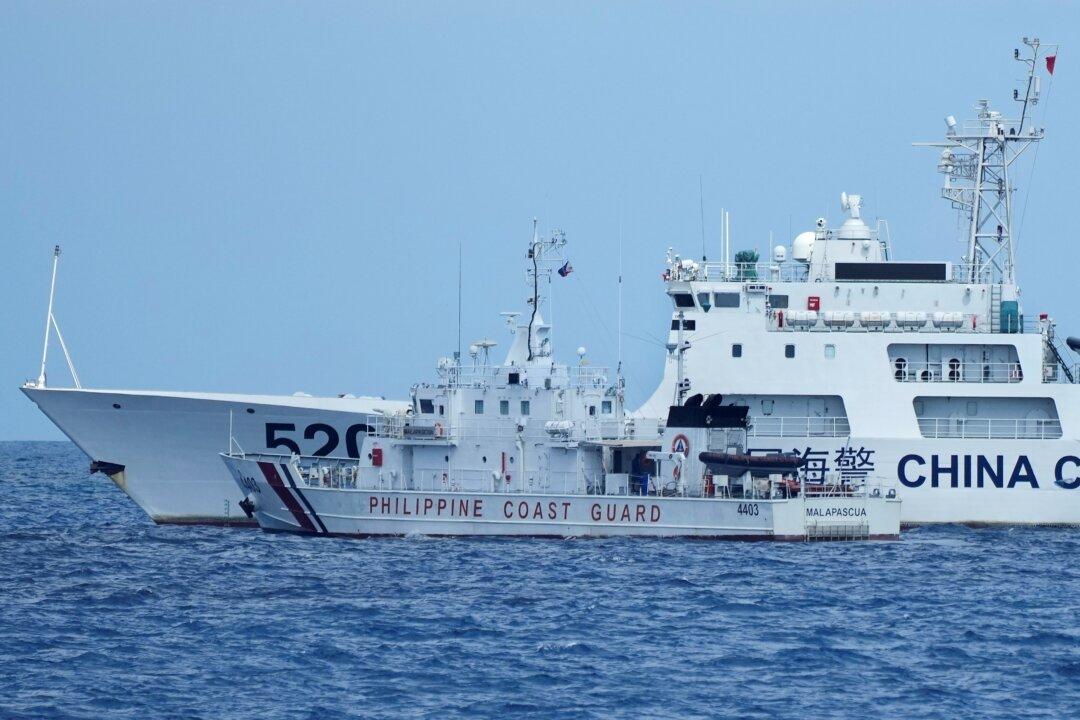The Philippines will keep exposing Chinese ship incursions in the South China Sea as part of its strategy to drive Chinese forces out of its territorial waters, the Philippine Coast Guard (PCG) said on July 9.
PCG spokesman Jay Tarriela said this would prompt the international community to criticize China’s actions and prevent Chinese vessels from occupying Philippine-controlled islands in the disputed waters.





